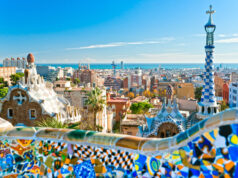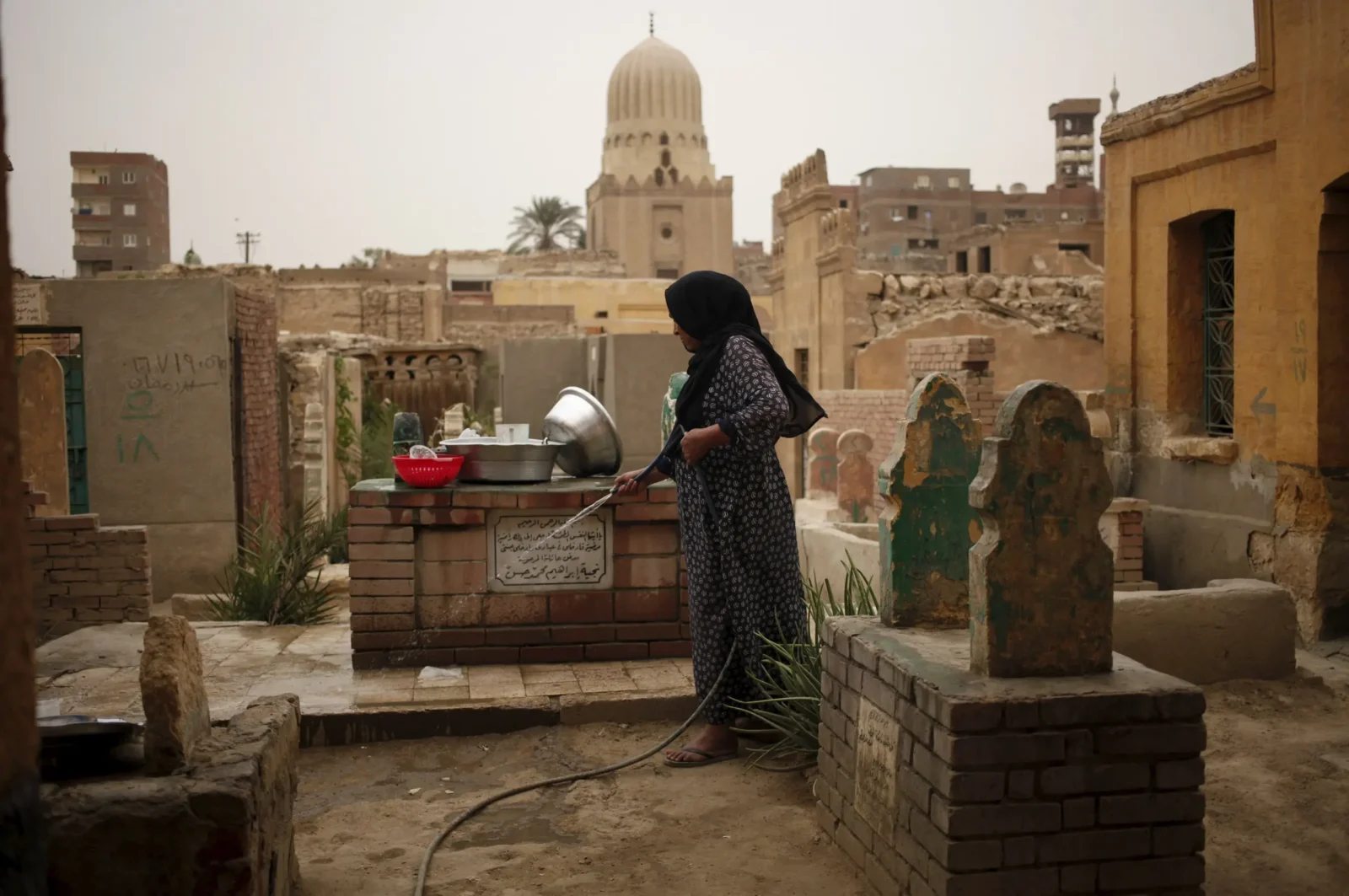
A country like Egypt that is no longer glorious and has been in decline for a long time, the few impressions that can be left on domestic tourists are nothing more than “poverty” and “dirty”, and nothing else. For more information for travel to Egypt Visit VisaExpress.
The small vendors chasing after foreign tourists indiscriminately made handicrafts stuffed into the hands of passers-by. The poor people who consume tourists’ curiosity have formed a seamless system here. Whenever a friend asks me about travel experience, usually he can only suffocate one sentence, “Don’t go free”.
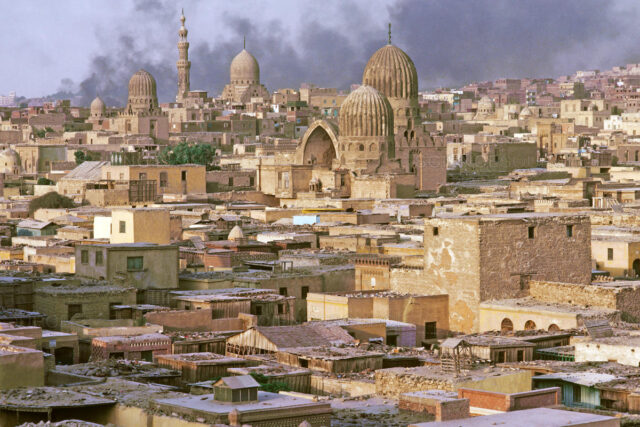
Unlike India’s attitude of allowing tourists to “consume poverty” and “visit poverty”, Egypt’s low-level society is often very inaccessible. Some countries have long understood the tourist psychology, allowing visitors to watch the lives of the local poor, lay down some mercy and money, and feel that their life is not bad, everyone is happy. They have used this mentality to develop many slums and downtown areas into their own attractions. You visit them with a sense of superiority. We will charge for the best of both worlds.
But the Egyptians would not do this. They have strong self-esteem, they are very good at hiding and isolating the truth, and they even refuse to recognize the truth. As the oldest tourist country in the world, although there are many people coming and going, the veil of Egypt is more difficult to lift than people think.
In addition to the infamous “Garbage Mountain”, there is a special area in the southeast of Cairo City. The landmarks Saladin Castle and “Garbage Mountain” Mukatam are located here. In this area composed of castles, parks and mountains of ruins In the middle, there stretches a low, dilapidated, lifeless gray building complex. In the early morning or dusk, under the haze and weak sunlight, the border is almost invisible. This is the most famous “Karafa” cemetery complex in Cairo, commonly known as ” City of the Dead”.
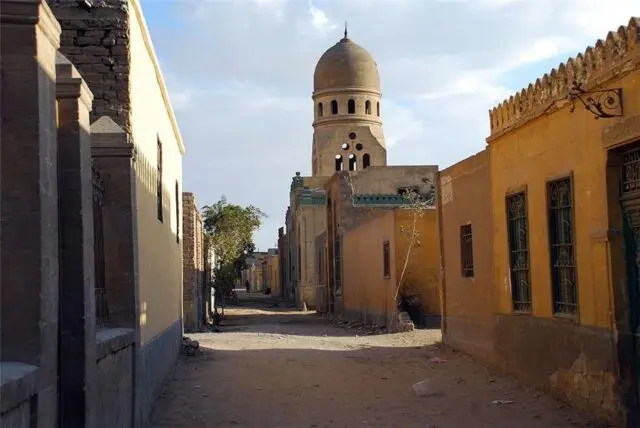
This “City of the Dead” covering an area of about 6 square kilometers is not only a public cemetery, but also the world’s largest slum, with nearly 500,000 to 1 million people living in it (data is difficult to count). In addition to the unique view of life and death of the ancient Egyptians, the most important reason for this peculiar phenomenon of “living people in the city of the dead” is actually class consolidation and poverty.
If you search for “Cairo City of the Dead” on the Internet, most of the relevant news and video reports are full of grandstanding “expedition”, with weird soundtracks and bizarre angles, and there are even anchors who set up tents to live in it.
If you wander around the Dead Man’s City, passers-by will advise you that there is no police, and it is not safe to go. In fact, the life experience of the Dead City is not complicated or mysterious. In 969 AD, before the establishment of the current Cairo, the “City of the Dead” was already a public cemetery. Between 1250 and 1500, the Mamluk dynasty ruled Egypt, and the City of the Dead gradually developed into the most important cemetery in Egypt at that time. The dignitaries of the sultan and several dynasties at that time. The nobles of the Abbasid and Ottoman dynasties that once ruled Egypt are also buried here.
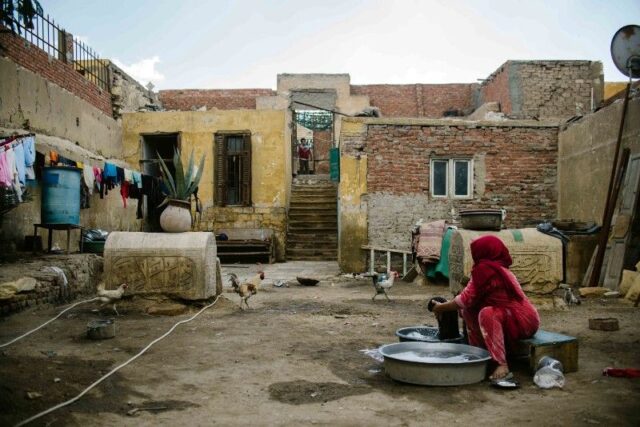
It is conceivable that from the beginning, this was a noble cemetery, and the tombs in the City of the Dead were built in the style of folk houses. Most houses have only one or two floors. The name of the tomb owner and the number of the tomb house are engraved on the wall next to the gate. The tomb maintains the same structure as the residence, with complete rooms, and in modern times, it also has water and electricity.
In the past, bureaucrats and nobles used to hire “tomb guards” to live in houses on the ground to prevent tomb robbers. This kind of tomb guarding work is mostly family-based, similar to cemetery stewards, and because they live in the cemetery all year-round, they gradually settle down here and no longer move.
Over time, some descendants of the tomb owner left Egypt and never returned, or all died. However, most of the gravekeepers of these families still live in the cemetery because they have nowhere to go, becoming the real masters. There are also quite a number of people who are too poor to buy a house in Cairo, which is very expensive, and have to move to live in an already vacant cemetery.
Although it is a “City of the Dead”, the needs of the living are all here, there are mosques, buses, buses, taxis, schools, shops, restaurants and cafes. Compared with the streets in other places, the streets here are narrow and disorderly, but because there are not many tourists here, it is obviously different from the noisy and crowded Cairo, and it is very quiet.
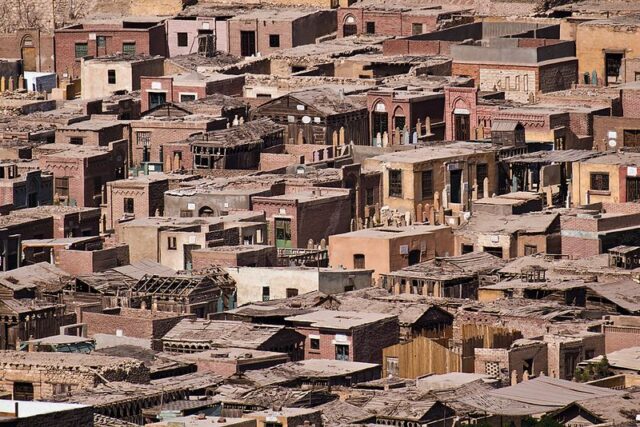
Uninhabited empty tomb
The city of the dead, which covers a huge area, is actually a major taxpayer in Cairo. The relatives of the tomb owner must pay taxes to the government every year according to the area of the tomb.
In the 1960s and 1970s, the City of the Dead was once the place with the highest crime rate in Cairo. A large number of poor people suddenly came to settle down. In addition, it was a blind spot for the police in Cairo. At that time, the City of the Dead was so notorious that everyone talked about it. The degree of change. The Cairo government tried to drive out the poor living in the cemetery, but with little success, coupled with the rapid increase in the population, gradually the government acquiesced in the peculiar phenomenon of people living in the empty cemetery, and included the periphery of the Dead Man City into the “residential security management area”. “Connect the outer roads and the main roads together, and move in for 24 hours electricity and water supply. This slowly changed the City of the Dead from a restricted area to a “residential area”.
What’s interesting is that the Dead Man’s City is an important area that is almost unavoidable in urban traffic. For tourists, whether it’s group activities or free travel, as long as they enter Cairo to visit the scenic spots, they will inevitably have a face-to-face encounter with the City of the Dead. Cairo’s most important landmark except for the Pyramids, Saladin Citadel, is just above the continuous city of the Dead.
The tour guide will tell the tourists in due course that it is very unsafe. There are many poor people and grave guards. There are no police, so they cannot enter.
I have been there twice because of Nana’s curiosity and accompanied by a friend. To my surprise, there is nothing special inside. People use the cemetery as their home and live next door. Sun, even funerals are no different. Cafes, mosques, schools, everything you can find outside are also there.
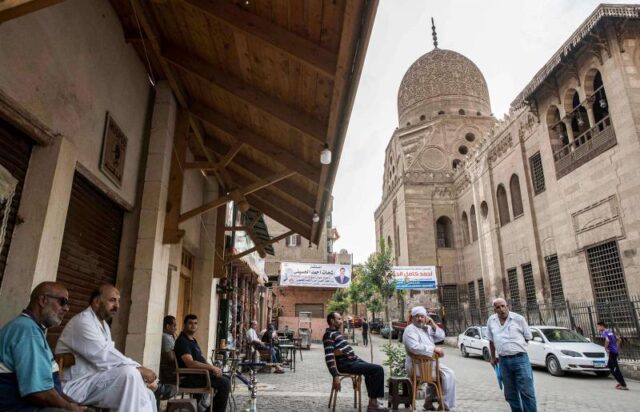
The families of tomb-keepers live on meager commissions from the tomb owners and government subsidies. Those who are not tomb-keepers would beg or do small businesses outside during the day. The mosque in the city of the dead is different from the outside. It regularly receives government subsidies (mostly food or daily necessities), which are distributed to the surrounding residents on Sundays.
In order to prevent people from looting, the imams would lock themselves in the iron fence at the entrance of the mosque. At the end of the service, the people outside have been waiting for a long time. They will hand out the items from the fence. Those who have already got it will leave automatically, and the people in the outer circle will enter again until the distribution is completed.
Today, the locals still keep secrets about the City of the Dead and do not want to approach it. The Cairo government is unwilling to change this public fact. Residents in the City of the Dead also live in enclosures and do not have contact with the outside world. Nowadays, the population of Cairo has increased sharply. In addition to the urban renewal, the edge of the Dead City has actually been mixed with residential areas, but people still regard the people living in the cemetery as aliens. In a sense, the tomb keepers in the “City of the Dead ”, like the scavengers in the “Trash Mountain ”, are the bottom people buried in this tired city.
Tourists in Egypt are often annoyed by small vendors in scenic spots. In recent years, the new president has drastically reformed the scenic spots. Although they have improved, they still can’t prevent people in difficult lives from trying their best to make money from outsiders, but Cairo is really poor. It is not in those places that can be seen, but is deeply buried in the shadows. In ancient Egypt, staying in a noble cemetery can almost be regarded as a kind of glory, but the people who still live in the tomb in Egypt today are helpless to compromise with the hard life.





